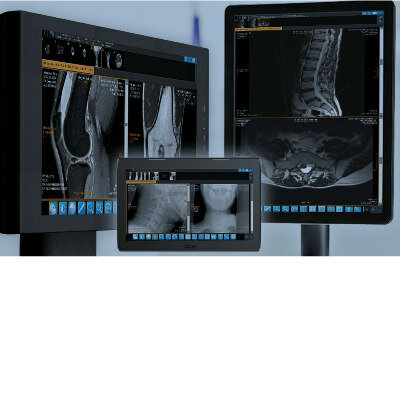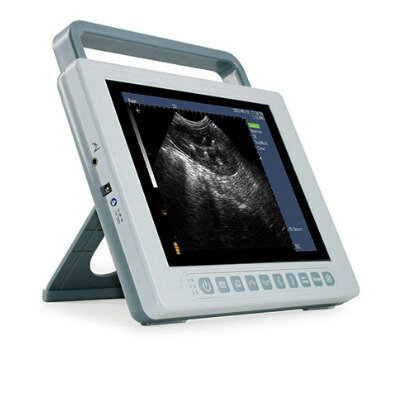Superconducting MRI Coil Offers Higher Resolution and Shorter Scan Times
By MedImaging International staff writers
Posted on 02 Aug 2016
Researchers in the U.S. have developed a new high-temperature superconducting cryo-coil for Magnetic Resonance Imaging (MRI) scanners that increases the Signal-to-Noise Ratio (SNR) and is more sensitive compared to conventional coils.Posted on 02 Aug 2016
The new coil technology was developed by a multidisciplinary team of researchers and can reveal brain structures that conventional MRI coils cannot. Initial testing was performed on rat brains for imaging of neurological disorders.

Image: Scientist Jarek Wosik has developed a high-temperature superconducting coil that allows MRI scanners to produce higher resolution images or acquire images in a shorter time than when using conventional coils (Photo courtesy of the University of Houston).
Researchers from the University of Houston (UH; Houston, TX, USA) developed the 7-T high-temperature superconducting MRI Cryo-probe, with which MRI scanners can produce higher-resolution images or acquire images faster than with conventional coils. Currently the coil is optimized for experiments using brain tissue samples, or on live animals. According to researchers they were able to demonstrate an isotropic resolution of 34 microns during imaging of rat brains.
Research team leader from the University of Houston, Jarek Wosik, said, "Research in animal models yields critical information to improve diagnosis and treatment of human diseases and disorders. This work also has the potential to clearly benefit clinical MRI, both through high quality imaging and through shortening the time patients are in the scanner. Compared to corresponding standard room temperature MRI coils, the performance of the cooled normal metal and/or the high-temperature superconducting receiver coils lead either to an increase in imaging resolution and its quality, or to a very significant reduction in total scan time.
Related Links:
University of Houston














